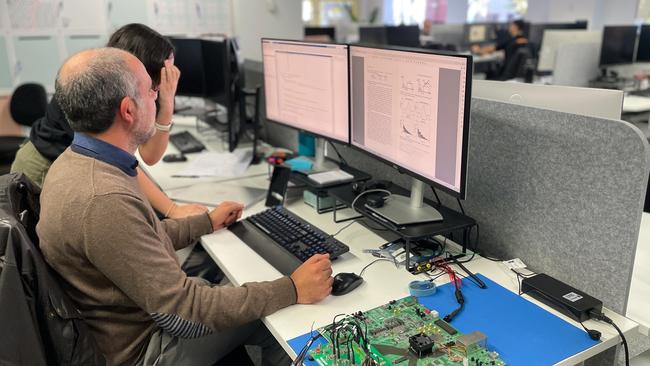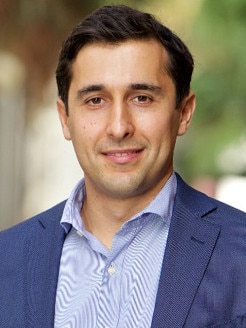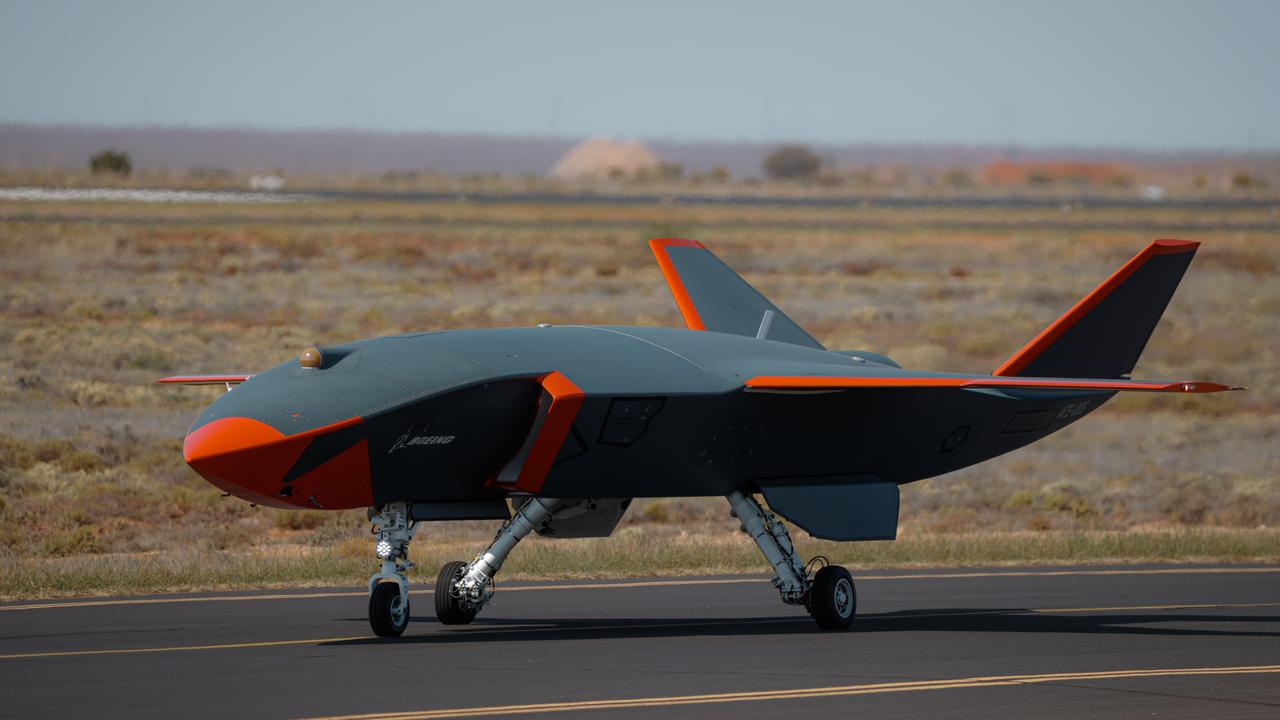Why we must own the code to win the fight
Most modern weapons require software for effective use, and that means the software element may need to be adjusted before the weapon system is successful in combat.

Militaries pay a premium for weapon systems that are “fire and forget”; these require minimal operator intervention after launch. But what about before launch? Before they even get to the front lines?
The reality is that most modern weapons require software for effective use, and that means the software element may need to be adjusted before the weapon system is successful in combat.
Put yourself in the shoes of the Ukrainians who, supplied with more than 7000 Excalibur 155mm artillery shells from the US – a wonder weapon with high first-round accuracy – suddenly found their hit rates plummeting.
How many opportunities were missed until someone figured out the Russians had found a way to defeat the system?
Now the remaining unfired rounds are nothing more than a few thousand kilos worth of dumb artillery until the US manufacturer develops, tests, certifies, seeks approval for export, gains approval, ships and eventually installs a patch to the software.
In Australia, we have long tried to mitigate a similar problem – that of a long supply line and reliance on overseas manufactured equipment in our inventory. Instead, we have endeavoured to mitigate supply issues by manufacturing locally so we can gain onshore supply and basic systems knowledge.
In establishing local know-how, we don’t wonder why Australia has paid a premium to be able to reprogram the mission software on our fleet of F-35s to meet our mission requirements. Nor do we question the importance of having the capability to respond rapidly to the enemy, as they in turn tweak their systems to attack us.
We’ve always known war fuels innovation but I’m unconvinced we are fully prepared for just how quickly that innovation, particularly in software-defined systems, will take place in any future conflict, including the type of grey zone confrontations we see today.
It is vital to quickly identify a vulnerability, such as a decline in effectiveness of a weapons system, then find and implement a solution. We must be able to do it ourselves.

DroneShield operates in one of the fastest-developing fields in modern warfare. Drones have quickly gone from fun toys to deadly weapons, and they are now a staple in a war arsenal.
Staying at the forefront of this threat is precisely why we have invested in local innovation and supply chains. Our 200-strong engineering team is based here, we make our products in Australia to stock, and our in-house developed software is 100 per cent Australian.
This means we can update, modify, change, adjust and reprogram them here at the speed of relevance.
We’ve got more than 1000 systems in Ukraine, and frequently update hardware and software based on the latest technology and tactics. DroneShield’s ability to rapidly adapt and support our allies in conflict underscores our commitment to innovation and responsiveness. Naturally, our foremost priority remains ensuring Australia’s security and advancing its strategic interests.
More and more we need to think locally in terms of not only what we can build, but why we must be able to modify, reprogram and adjust our weapons systems to keep ourselves relevant in a dangerous and disruptive world, while rapidly supporting the needs of our allies.
Future conflicts will depend on it.
-
Oleg Vornik is chief executive and managing director of DroneShield.


